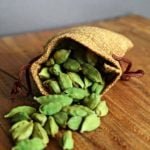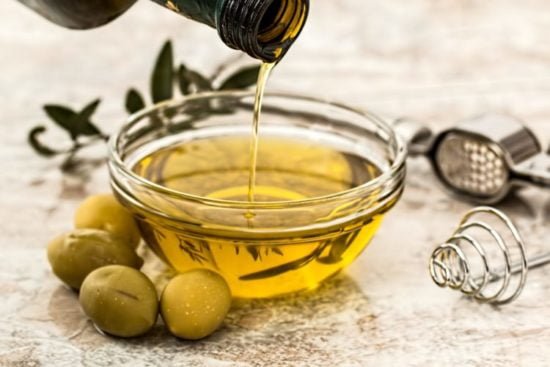Pulses: Small Foods with Big Health Benefits
Pulses—such as beans, lentils, chickpeas, and peas—have been part of traditional diets for thousands of years. Often called “the poor man’s meat,” pulses are now recognized as superfoods that benefit people of all ages. Affordable, nutritious, and versatile, they are an excellent way to promote health and prevent many lifestyle-related diseases.
What Are Pulses?
Pulses are the edible seeds of plants in the legume family. Common examples include kidney beans, black beans, chickpeas, green gram (mung beans), lentils, and dry peas. They are different from fresh green beans or soybeans because pulses are harvested dry and stored easily, making them a reliable food worldwide.

Nutritional Powerhouse
Pulses are packed with nutrients that the body needs to stay healthy:
High in protein: Pulses are a great plant-based protein source, making them a valuable alternative to meat for vegetarians and vegans.
Rich in fiber: Fiber supports healthy digestion, prevents constipation, and helps control blood sugar levels.
Low in fat: Most pulses contain very little fat, and the fat they do contain is largely healthy unsaturated fat.
Packed with vitamins and minerals: Pulses provide iron, potassium, folate, magnesium, and zinc—essential for energy, immunity, and growth.
Health Benefits of Pulses
1. Good for the heart
Eating pulses regularly can lower cholesterol, reduce blood pressure, and support heart health. The fiber and plant-based proteins in pulses help keep blood vessels healthy.
2. Helps manage weight
Because pulses are high in protein and fiber, they keep you full for longer. This helps reduce overeating and supports weight control.
3. Supports blood sugar control
Pulses have a low glycemic index, meaning they release sugar slowly into the bloodstream. This helps prevent spikes in blood sugar and makes them especially beneficial for people with diabetes.
4. Improves gut health
The fiber in pulses feeds healthy gut bacteria, which play a role in digestion, immunity, and even mood regulation.
5. Affordable nutrition
Compared to meat, pulses are much cheaper but offer similar amounts of protein. This makes them a smart choice for families looking for healthy, budget-friendly meals.
Easy Ways to Add Pulses to Your Diet
Pulses can be cooked in many tasty ways. Lentil soups, chickpea curries, bean salads, hummus, or simply adding boiled pulses to rice or pasta dishes are easy options. Canned pulses are convenient, but rinsing them before use reduces excess salt.
Precautions
Some people may feel bloated when they eat pulses. This usually improves as the body gets used to the extra fiber. Soaking pulses overnight and cooking them well helps reduce discomfort.
Conclusion
Pulses may be small, but their impact on health is huge. They provide essential nutrition, protect against chronic diseases, and fit well into almost any cuisine. Including pulses in daily meals is a simple step toward better health—for individuals, families, and even the planet, since pulses are sustainable crops that support soil health.
References
1. Food and Agriculture Organization of the United Nations (FAO). Pulses: Nutritious Seeds for a Sustainable Future. Rome: FAO; 2016.
2. Messina V. Nutritional and health benefits of dried beans. Am J Clin Nutr. 2014;100(suppl_1):437S–442S.
3. Afshin A, Micha R, Khatibzadeh S, Mozaffarian D. Consumption of nuts and legumes and risk of incident ischemic heart disease, stroke, and diabetes: a systematic review and meta-analysis. Am J Clin Nutr. 2014;100(1):278–288.
Join the mailing list!
Get the latest articles delivered right to your inbox!








